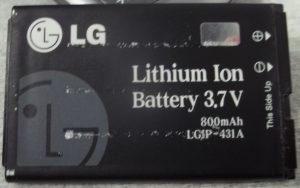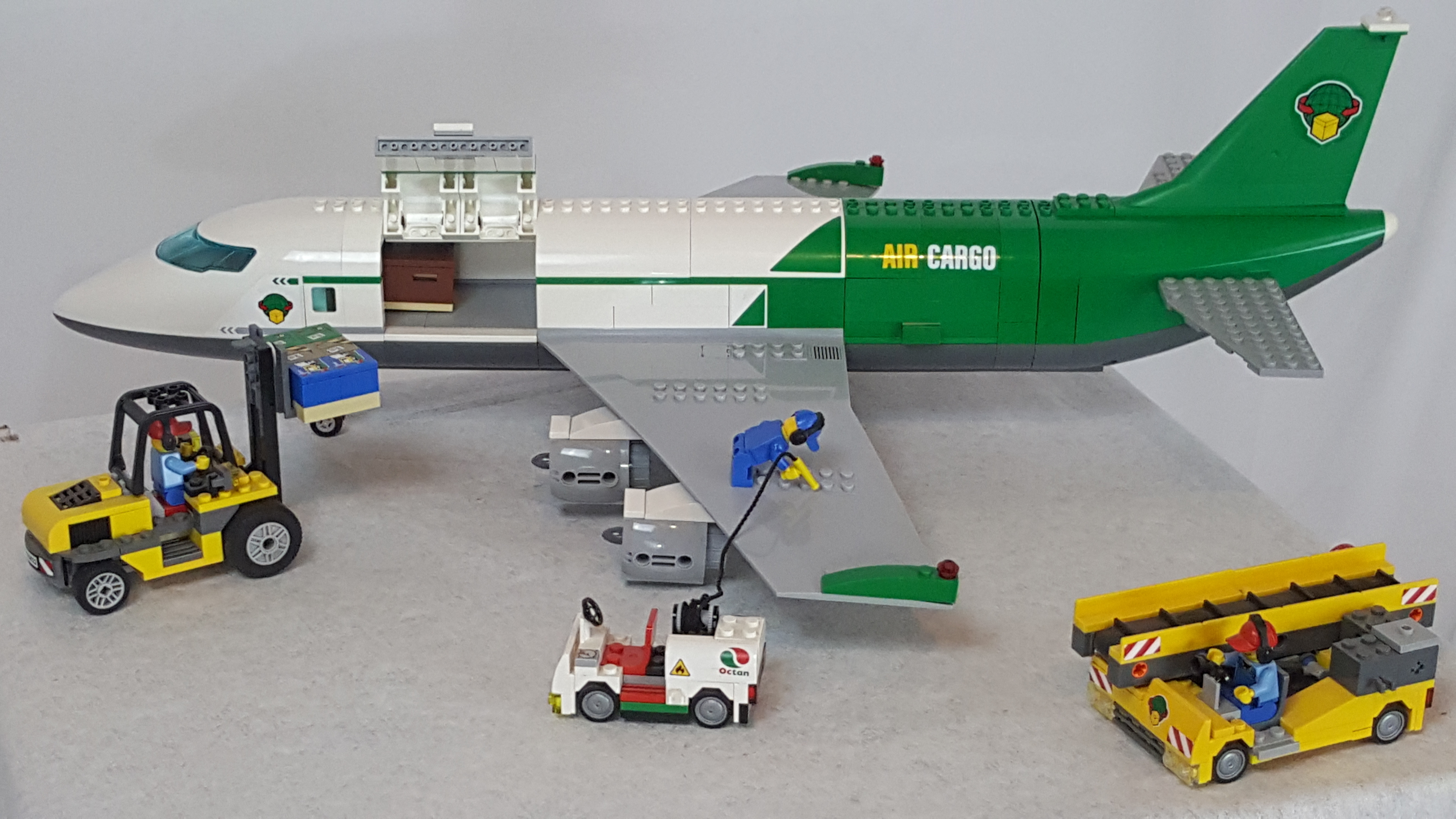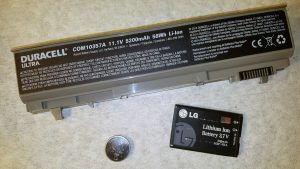 In case you haven’t heard, the transportation in commerce of lithium batteries of all types – and of almost all sizes – is subject to the regulations of several regulatory agencies depending on how it is to be transported.
In case you haven’t heard, the transportation in commerce of lithium batteries of all types – and of almost all sizes – is subject to the regulations of several regulatory agencies depending on how it is to be transported.
- Transportation to, from, or through the U.S. (including its overseas territories and states) is subject to the Hazardous Material Regulations (HMR) of the Pipeline and Hazardous Materials Safety Administration (PHMSA) within the U.S. Department of Transportation (USDOT).
- Transportation by air anywhere in the world (including to, from, or through the U.S.) will likely be subject to the Dangerous Goods Regulations of the International Air Transport Association (IATA).
- Transportation by vessel in international waters (which may include U.S. territorial waters if so chosen by the shipper) will be subject to the International Maritime Dangerous Goods Code (IMDG Code) of the International Maritime Organization (IMO).
- Even the United States Postal Service (USPS) has regulations for the transportation of lithium batteries.
There is not enough space here to document all of the requirements of all of these regulations for all of the possible modes of transportation. In an earlier article I provided information to assist you with the process of the classification of a lithium battery for transportation; the information in that article pertained to all modes of transportation. In this article I will explain just one small – though critical – requirement of the regulations for the transportation in commerce of lithium batteries by air: The responsibility of the employer to provide training for persons involved in the transportation of lithium batteries.
Applicability:
As stated above, the HMR of the PHMSA/USDOT apply to all transportation in commerce of a hazardous material (aka: dangerous goods by the international community) to, from, or through the U.S. This includes transportation by air. It gets a little tricky, however, because the Dangerous Goods Regulations of IATA are adhered to by almost all air carriers of HazMat and therefore the shippers of HazMat that use those carriers must comply with the IATA DGR as well; and PHMSA/USDOT is fine with that. To briefly summarize: If you ship HazMat/dangerous goods by air anywhere in the world, you’ll have to comply with the IATA DGR. If the transport by air begins or ends in the U.S. you must also comply with the requirements and limitations of the PHMSA/USDOT identified at 49 CFR 171, subpart C of the HMR.
What training do the respective agencies require?
The IATA DGR at subsection 1.5 mandates training for a variety of personnel involved in the transport by air of dangerous goods, including shippers of dangerous goods. This training must be provided initially, before the person begins performing a regulated function and every 24 months thereafter. Training must include:
- General familiarization training – which must be aimed at providing familiarity with the general provisions.
- Function specific training – which must provide detailed training in the requirements applicable to the function for which that person is responsible.
- Safety training – which must cover the hazards presented by dangerous goods, safe handling, and emergency response procedures.
The Hazardous Material Regulations of PHMSA/USDOT at 49 CFR 172, Subpart H mandate initial training within 90 days of performing a regulated function (HazMat Employee must be supervised by trained and knowledgeable personnel in that time) and every three years thereafter. Training must include:
- General awareness/familiarization training designed to provide familiarity with the requirements of the HMR and to enable the employee to recognize and identify hazardous materials.
- Function-specific training concerning requirements of the regulations that are specifically applicable to the functions the employee performs. IATA training may suffice to meet these requirements.
- Safety training concerning:
- Emergency response information contained in the Emergency Response Guidebook.
- Measures to protect the employee from the HazMat to which they may be exposed. To include specific measures implemented by the HazMat Employer to protect HazMat Employees from exposure.
- Methods and procedures for avoiding accidents, such as the proper procedures for handling packages containing hazardous materials.
- Security awareness training that provides an awareness of security risks associated with HazMat transported and methods to enhance transportation security.
- In-depth security training for certain HazMat Employees of only those facilities that ship hazardous materials covered by the Safety and Security Plan. Read more about the Safety and Security Plan and the applicable hazardous materials subject to the Plan.
So there you have it! Those are the training requirements of IATA and PHMSA/USDOT, respectively, for persons involved in the transportation of hazardous materials/dangerous goods, which includes most lithium batteries.
But wait! Though most lithium batteries are fully regulated HazMat/Dangerous Goods, some – because of a lower level of lithium content – are subject to an exception from full regulation. That exception from regulation includes the formal training identified above.
Contact me with any questions you may have about the transportation of hazardous materials by air, highway, vessel, or rail International and Domestic Daniels Training Services 815.821.1550 |
What are”smaller lithium batteries”:
Though they go by different names, both the IATA Dangerous Goods Regulations and the PHMSA/USDOT HMR have established the same lithium content thresholds for what I call “smaller lithium batteries”, they are:
- A cell containing ≤1 gram of lithium
- A battery containing ≤2 grams of lithium
Lithium ion battery:
- A cell with a watt-hour rating of ≤20 Wh
- A battery with a watt-hour rating of ≤100 Wh
Some good news: Most consumer electronics, e.g. laptops, cell phones, tablets, &etc., operate on lithium ion batteries that are below the lithium content thresholds and are therefore “smaller lithium batteries”.
These “smaller lithium batteries” are not subject to the full training requirements identified above nor are they subject to many of the regulations of larger lithium batteries. Instead, both the IATA Dangerous Goods Regulations (in section II of packing instructions 965, 966, 967, 968, 969, & 970) and the USDOT/PHMSA HMR (at 49 CFR 173.185(c)(4)(v)) offer this break from full training for “smaller lithium batteries”. Remember: This is just for personnel who are involved in the transportation of the “smaller lithium batteries” by air:
49 CFR 173.185(c)(4)(v):
Each person who prepares a package for transport containing lithium cells or batteries, including cells or batteries packed with, or contained in, equipment in accordance with the conditions and limitations in this paragraph, must receive adequate instruction on these conditions and limitations, commensurate with their responsibilities.
Section II, Packing Instructions 965 – 970:
A person preparing or offering cells or batteries for transport must receive adequate instruction on these requirements commensurate with their responsibilities.
Like this article? Subscribe to my Monthly Newsletter No marketing emails! |
“Adequate instruction” for shippers of “smaller lithium batteries”:

So, full training is not required. But what is meant by “adequate instruction”? I could find no reference to it in the USDOT/PHMSA HMR. Thankfully the IATA DGR contains guidance at 1.6, which reads:
At a minimum, an employer should consider the following as being adequate instruction:
- Classification of lithium batteries being shipped.
- Documentation of procedures applied to lithium batteries being shipped.
- Written work instructions or other documentation, including automated controls.
- Review and understanding of documented procedures as applicable to the job function.
- Instruction records including date(s) for all employees.
- Refresher instructions provided at a minimum every two years or as the documented instructions are revised or regulations are changed.
- Reverse logistics, including transport mode and applicable prohibitions.
Refer to my article to help you determine the configurations of the lithium batteries you ship: Classification of Lithium Batteries for Transportation.
Contact me with any questions you may have about the transportation of hazardous materials by air, highway, vessel, or rail International and Domestic Daniels Training Services 815.821.1550 |
Conclusion:
Remember, this exception from full training applies solely to employees involved in the transportation of lithium batteries under the following conditions:
- Air transport only.
- Batteries must have a lithium content below the regulatory threshold (see above), i.e. “smaller lithium batteries”.
There’s a lot more to shipping lithium batteries than just training. And, of course, there’s a lot more to the transportation industry than just lithium batteries. Whatever hazardous materials you offer for transportation (shipper), transport in commerce (carrier), or merely receive at your facility, I can provide the training required by the USDOT/PHMSA, IATA, or IMO.


